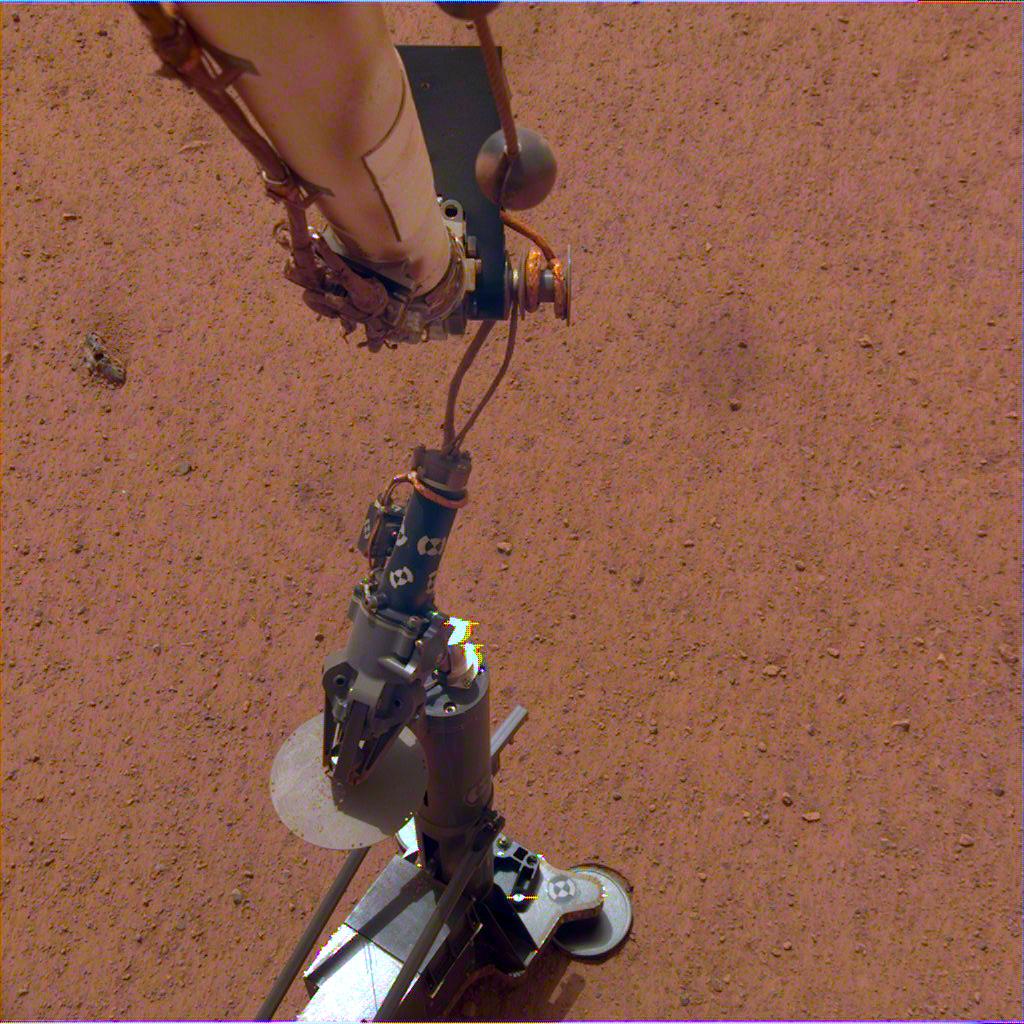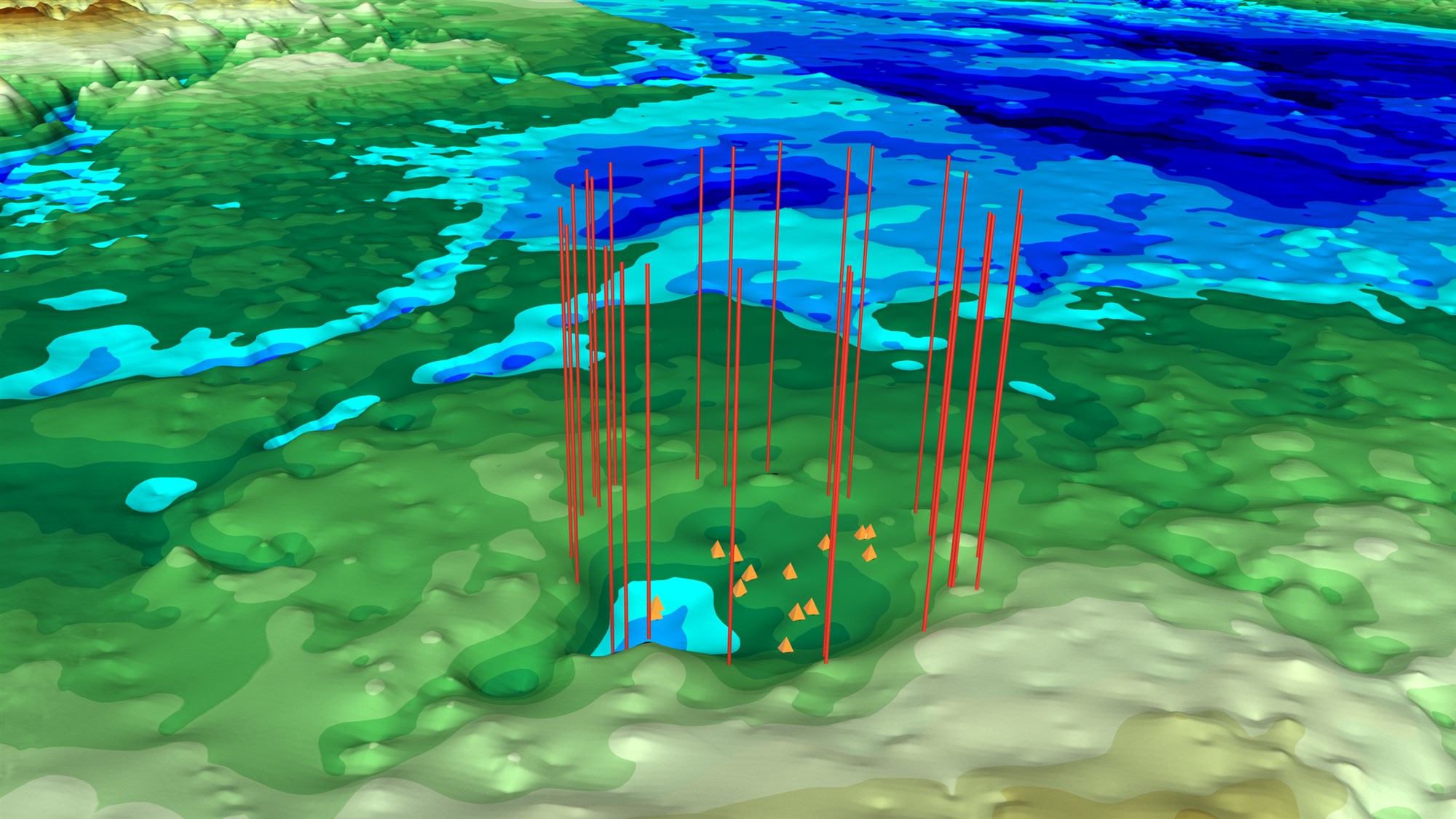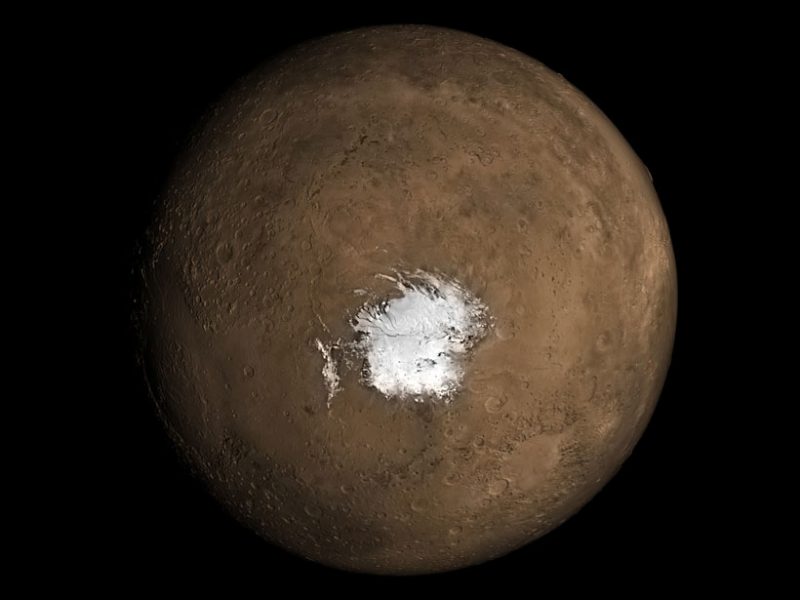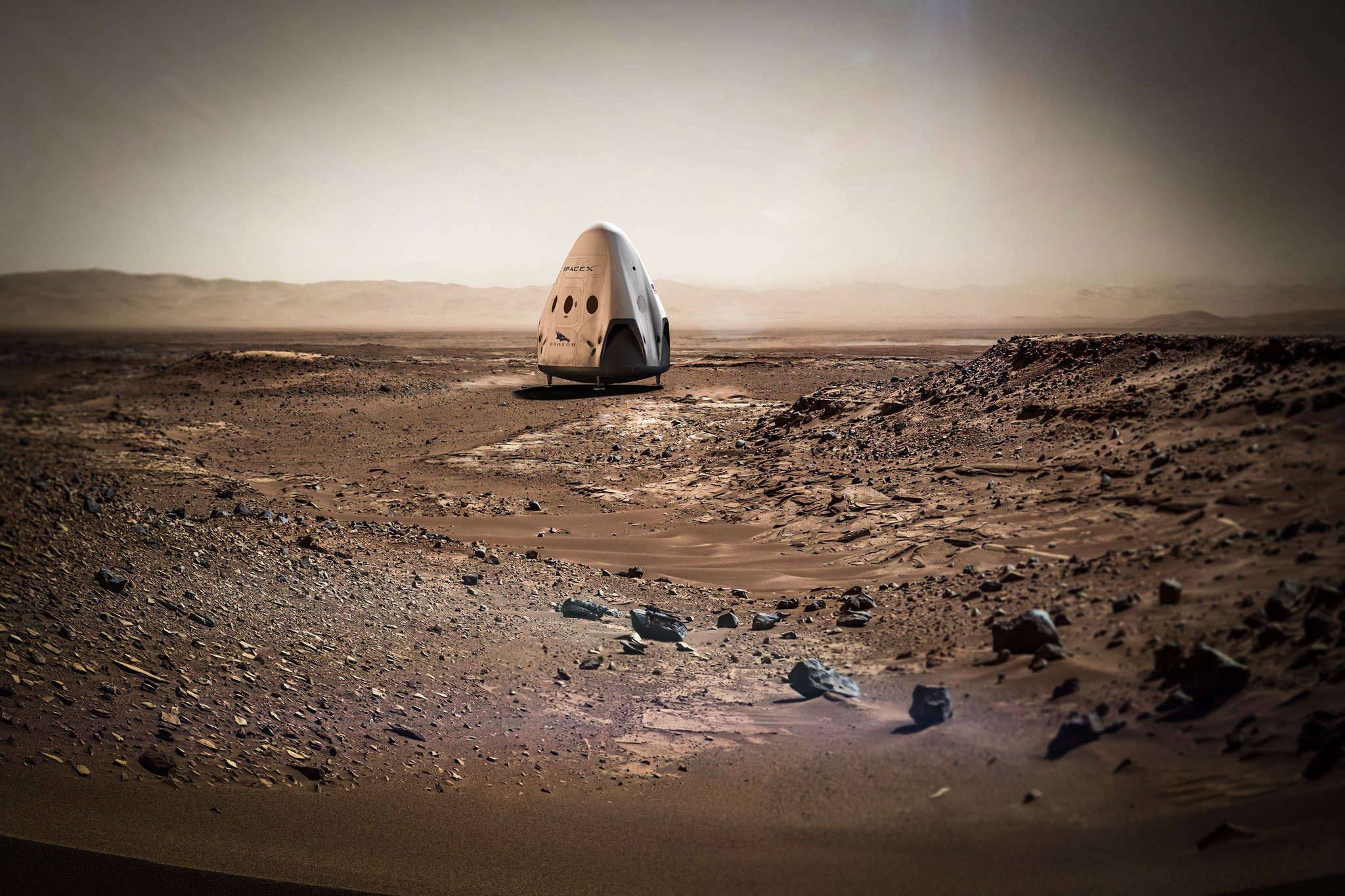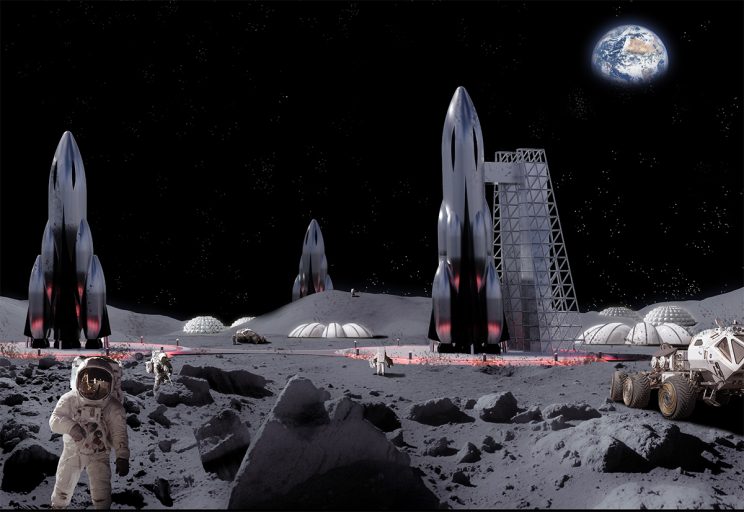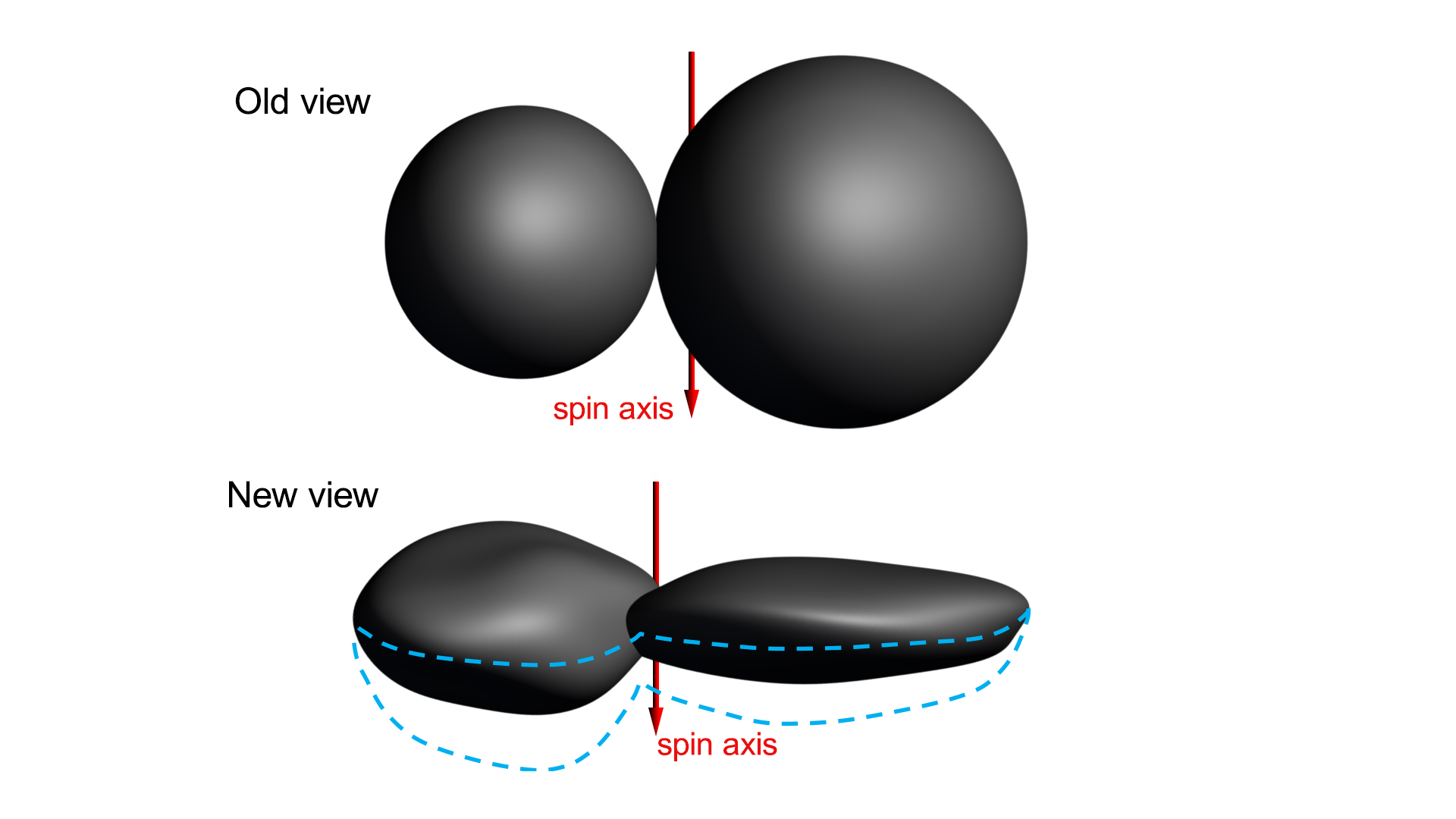In 2012, Dutch entrepreneur Bas Lansdorp launched the world’s first private and crowdsourced-effort to create a permanent outpost on Mars. Known as Mars One, this organization was the focus of a lot of press since it’s inception, some of it good, most of it bad. While there were many who called the organization’s plan a “suicide mission” or a “scam”, others invested their time, energy, and expertise to help make it happen.
In addition, thousands of volunteers signed on for the adventure, willing to risk life and limb to become part of the first one-way trip to the Red Planet. Unfortunately, we may never get to know if Bas Lansdorp’s plan for colonizing Mars was feasible or even sincere. According to a recent declaration by a Swiss Court, Mars One Ventures (the for-profit arm of Mars One) is now bankrupt.
Continue reading “Mars One, the Plan to Make a Reality Show on Mars, is Bankrupt”

